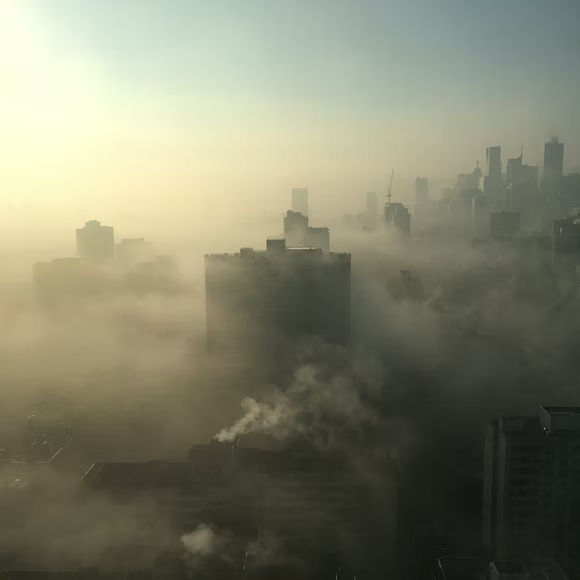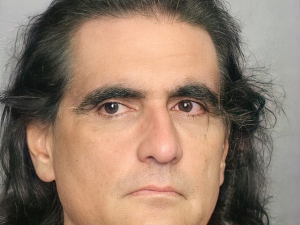World Health Organization’s air quality standards were not matched by any country on the planet in 2021, a new survey shows. On a much smaller scale, not many prominent cities were also not able to meet the standards.
The survey, which consisted of data collected from nearly 6,500 cities, even showed that smog resurfaced after briefly lowering when the COVID-19 pandemic was at its peak, according to reports from Reuters.
Also Read: Urban air pollution caused 1.8 million excess deaths in 2019: Study
PM2.4, which is considered to be an airborne and hazardous particle, should not exceed five micrograms per cubic meter in average annual readings. The World Health Organization reviewed and upgraded the guidelines in 2021, saying that even low concentrations can carry health risks for humans.
IQAir, a Swiss organisation that monitors pollution, reported that as many as 93 cities across the globe noted a PM2.5 level that was 10 times higher than the standard set by World Health Organization. Only 3.4% of the cities registered readings in the acceptable limit in 2021.
However, “there are a lot of countries that are making big strides in reduction”, IQAir’s air quality science manager Christi Schroeder said, according to reports from Reuters.
Also Read: Non-white people more exposed to pollution: US study
What is the situation in India and the rest of South Asia?
India did not show signs of recovery, the survey suggested. New Delhi grabbed the top spot on the list of the world’s most polluted national capitals. Overall, India’s pollution levels worsened in 2021. Bhiwadi and Ghaziabad — both cities in India– grabbed top spots in the world’s most polluted cities.
Air quality in China seemed to improve in 2021. The country fell to 22nd in the PM2.5 rankings, down from 14th place a year earlier. China’s average air quality readings were 32.6 micrograms, according to reports from Reuters.







